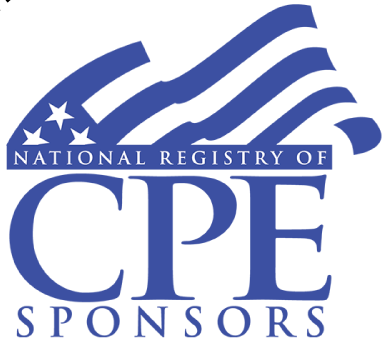Stay connected
Be the first to know about new programs, upcoming events, or other exciting opportunities happening at the University of Georgia by joining our mailing list.
About this course
What you’ll learn
This online course will teach you about different types of debt governments can issue and the documents accompanying that offering. You will also learn why governments issue debt and the relationship of debt to capital improvement programs. You will also learn how agencies rate bonds and how to lower your interest rates without going through the rating process.
You will learn:
- The relationship between the types of purchases made and the types of debt issued
- The typical sources of funding capital projects
- The common types of debt issued by government
- Where to obtain monies to finance projects
- The most common alternatives in debt structure
Learning objectives
This dynamic course has a detailed curriculum consisting of 10 Lessons:
Lesson 1 — Why Governments Borrow Money
- Recognize why governments borrow money.
- Differentiate between short-term and long-term debt.
- Define debt policy.
- dentify the relationship between a capital improvement program, debt policy and the debt process.
Lesson 2 — Typical Methods of Financing Capital Projects
- Identify different sources for funding capital projects.
- Explain advantages and disadvantages of each funding mechanism.
Lesson 3 — Common Types of Debt Issued
- Identify different kinds of long-term and short-term debt.
- Recall the advantages and disadvantages of each type of debt.
Lesson 4 — How Bonds Are Rated
- Define bond ratings.
- Name the agencies that issue bond ratings.
- Compare the designations from each of the bond rating agencies.
- Discuss the ratings process.
- Distinguish between types of credit enhancements.
Lesson 5 — The Players
- Identify the key players in the bond issuance process.
- Contrast the roles of each of the key players in the bond issuance process.
- Compare the methods of key player selection and payment.
Lesson 6 — The Method of Sale
- Cite the three most common methods of sale.
- Contrast the competitive bid and the negotiated sale.
- Illustrate when a private placement is applicable.
Lesson 7 — Bond Structuring — Interest and Maturities
- Define the term “debt structuring.”
- Differentiate between fixed-rate and variable-rate bonds.
- Understand the differences between serial and term bonds.
- Discover alternatives in debt service structures.
Lesson 8 — Bond Documents
- Recall the various documents included in a bond offering.
- Discuss the notice of sale in competitive bids and negotiated sales.
- Illustrate the value of redemption provisions to the issuer of bonds.
- Describe the role of the preliminary official statement for the underwriter.
- Explain the significance of disclosure in the bond process
Lesson 9 — So, Am I Done Yet?
- Relate the investing of bond proceeds to the debt process.
- Define arbitrage and explain its relation to bonds.
- Explain why continuing disclosure is important.
Lesson 10 — The What, Why, and When of Refunding Bonds
- Define refunding.
- Cite the reasons for refunding.
- Identify the types of refunding.
Who should attend?
- Local government finance professionals and paraprofessionals who want to improve their skills and career prospects through the Georgia Finance Officer Certification Program.
- Government professionals with past private sector experience who want to learn debt management.
- Credentialed individuals that require continuing professional education.
- Many state licensing boards require that CPAs maintain and improve their skills through continuing professional education (CPE) courses. This course is approved by the National Association of State Boards of Accountancy (NASBA) (Opens in a new window)
Continuing Education Information
- The University of Georgia will award 1.2 Continuing Education Units (CEUs) or 14 CPEs upon successful completion of this course.
- A University of Georgia CEU (Opens in a new window) transcript is available at any time upon written request.
Requirements & policies
Schedule
Start anytime and complete the course’s required online quizzes and exercises within 60 days of receiving the “Welcome” email with course URL, username and password information.
Fees & funding information
$369 (US Funds) — Residents of Georgia
$409 (US Funds) — Non-residents of Georgia
$50 (US Funds) — One-Month Extension (Only one extension is granted per participant.)
Prepayment is required to be registered. Prices listed are per person.
Cancellation or refund
We will issue a refund, minus a $50 processing fee, if you have not accessed the online course at all. All cancellation and refund requests must be sent via email to gc-student@uga.edu no later than seven (7) days after your course access information is issued.
Certification
This course meets a Level I core course requirement in the Local Finance Officer Certification Program for local government personnel in the State of Georgia.
Prerequisites
There are no prerequisites for enrolling in the Debt Administration course.
Textbooks
None. A link to the textbook is provided in the course. You can choose to print out the textbook or complete the reading assignment online. Everything you need is built within the online course platform.
Organizations
Supporting associations
This course is approved by the National Association of State Boards of Accountancy

Prices, course details, dates, and times are subject to change.
Contact us + FAQs
FAQs
View the most frequent questions asked by our learners
Financial and Military Assistance
Find out which programs are eligible for assistance
Accommodations
View our accommodation policy






